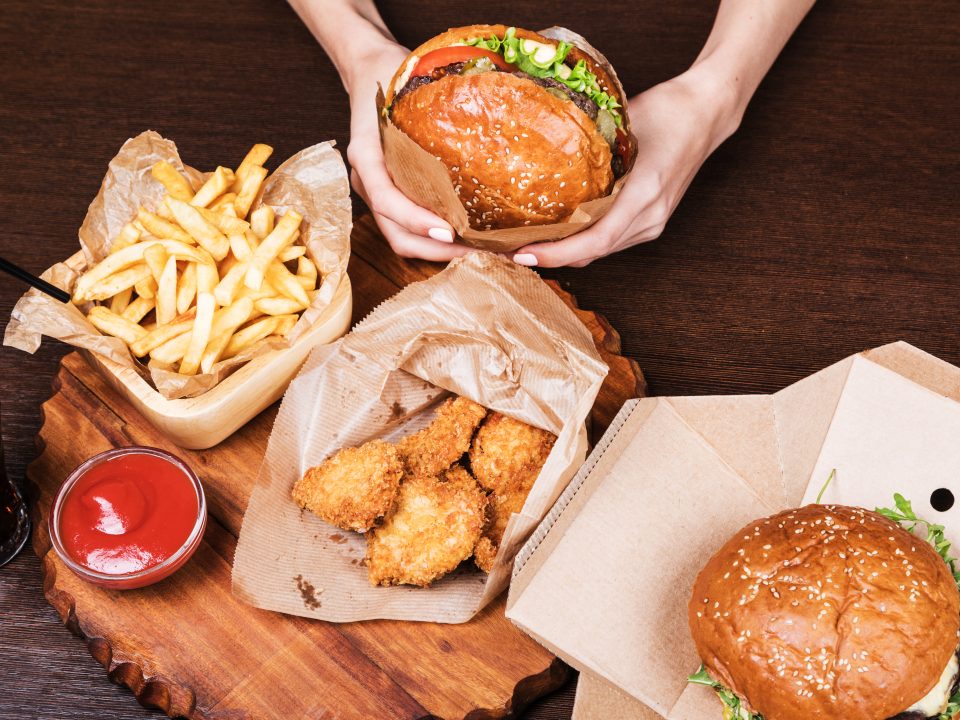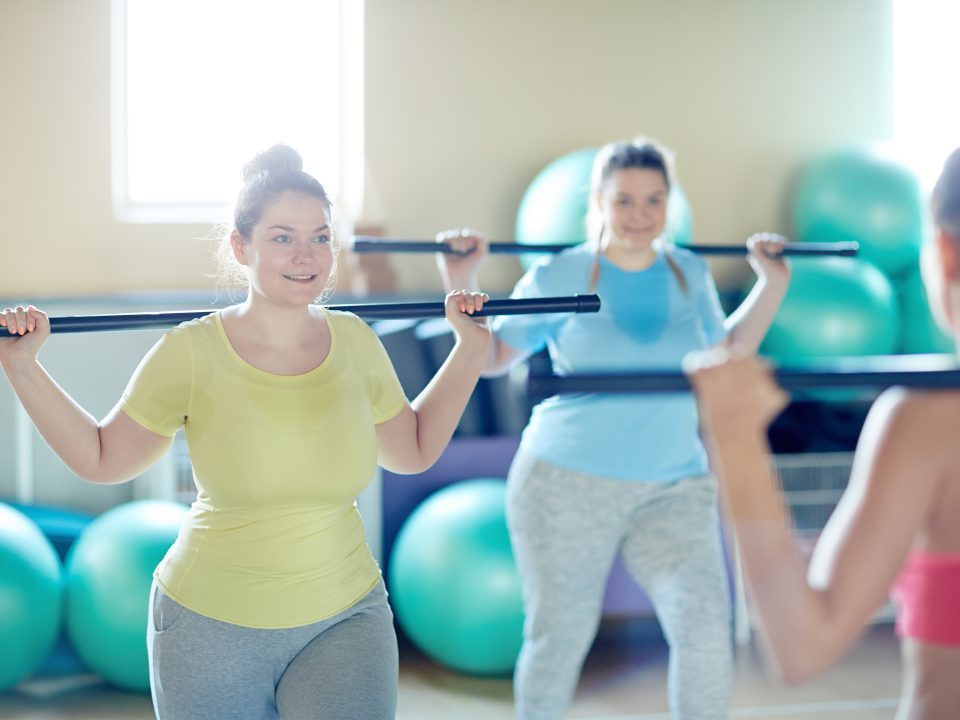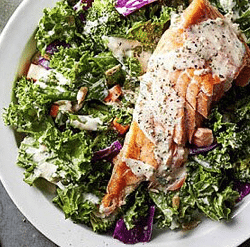Factor affecting motivation
January 24, 2016Desk job exercises
February 1, 2016|
You just want to lose that extra jiggly stuff around your thighs. Maybe your problem is your belly, or you hate that fat above your elbows. Perhaps you wish there was a little less cushion when you sit down. We all have that part of our body that drives us crazy, we know if we just lost a few kilo’s in that one area we would look so much better, be less self conscious, fit clothes better. Before you start frantically squatting, lets see what the evidence says for spot reduction of body fat. Lets look at this logically to start with- if you exercise a certain area of your body, and we know that our bodies can burn fat during exercise, wouldn’t it make sense that a muscle would burn up the fat stores closest to it? Well as it turns out, not so much. The issue is that stored fat can’t be directly broken down and used as fuel by that muscle. Our bodies use something for energy called adenoside triphosphate (ATP)- don’t worry, you don’t need to memorise this tongue twister. All our stored fuel sources- carbohydrate, fat, and protein will all eventually be broken down into ATP, which is the form of energy our bodies can use. Once our muscles send out the signal that they are running low on fuel, all our fat stores get the signal to start breaking down to fatty acids or glycerol to enter the bloodstream and become available to the working muscles to be converted to ATP. So it’s not just the immediate area surrounding that muscle that is affected. The other thing to consider is that you don’t actually burn fat… at all… from anywhere… unless your total energy in (through food and drinks) is less than your energy out (through breathing, digestion, movement, and any other bodily function). Climbing those stairs everyday isn’t going to help if what’s waiting for you at the top of the stairs is a chocolate bar. It terms of optimizing fat burning during exercise, research has found that high intensity workouts tend to burn more overall calories than low intensity workouts, and so have the greatest effects on body composition overall. High intensity interval training (HIIT) has been found to be superior in reductions in abdominal fat. But if we burn fat from all over our body when we exercise, why is it that we are often left with stubborn areas where fat deposits seem to linger the longest? The answer comes down to genetics + hormones. There are differences in gender- men are more likely to put on weight around the midsection, while women tend to gain around the buttocks and thighs. Besides these basic differences in hormones between men and women, other factors impact on hormone levels as well. Cortisol A stress hormone, has been linked to the formation of higher amounts of visceral (abdominal) and upper body fat storage. Do you worry a lot? Are you always rushing, running late? Get angry or anxious? Reducing experiences of stress such as through meditation or breathing exercises, better planning to avoid last minute disasters, and gentle exercises like yoga can all help lower cortisol levels. Insulin Released in particularly high levels in response to high sugar/high GI foods and drinks, has also been indicated to increase fat around the abdomen. Avoid foods with refined sugars, or the white stuff that is digested quickly. Stick to “whole” carbohydrates- potato, sweet potato, corn, peas, pumpkin, lentils, whole grains, and whole fruit. Have moderate portions (think a quarter of your plate). Exercise also improves insulin sensitivity, so you need less insulin to deal with the same amount of sugar in your blood. Estrogen Largely responsible for larger fat stores around the breast, buttocks, and thighs, rather than the abdomen. Higher estrogen levels can result through the use of hormone contraceptives like the pill, and being overweight or obese. You can speak to your doctor about birth control methods with lower hormone levels, and work to lose weight in general. Various fruit and vegetables can help inhibit the production of estrogen. Include more cruciferous vegetables like broccoli, brussel sprouts, cauliflower, bok choy. They contain indoles- a type of phytochemical that makes estrogen less effective in your body. There is some evidence that high quantities of soy products can have estrogen-like properties in the body, however a moderate inclusion of soy products has been found to have only very minor effects, if any at all, on estrogen levels. Growth hormone Lower levels of growth hormone are seen with increased age and decreased activity levels. Increased exercise- in particular, progressive resistance exercises (PRT) stimulates growth hormone, which leads to reduced body fat. So in summary, it would seem that the best ways to get the body we want is to eat lots of brightly coloured and fruit and vegetables, learn to love broccoli, avoid refined sugars, and exercise regularly, including a variety of HIIT workouts and weight bearing exercises. Oh, and don’t worry….be happy….. |





